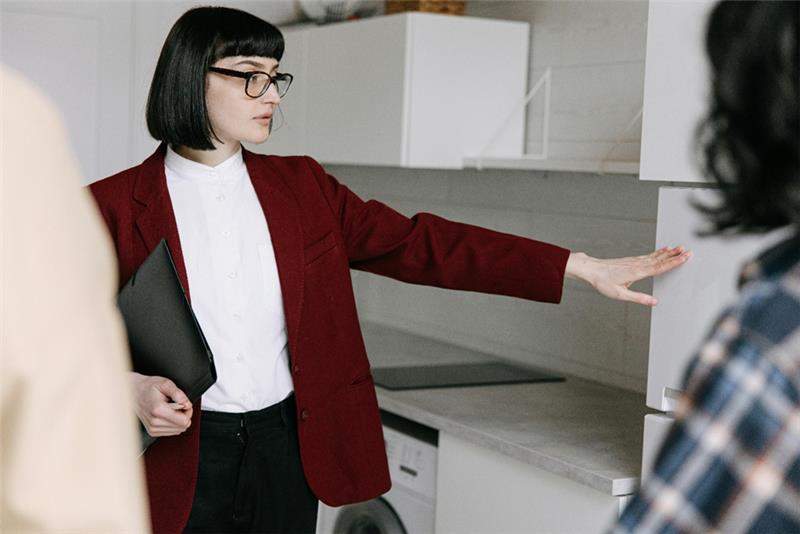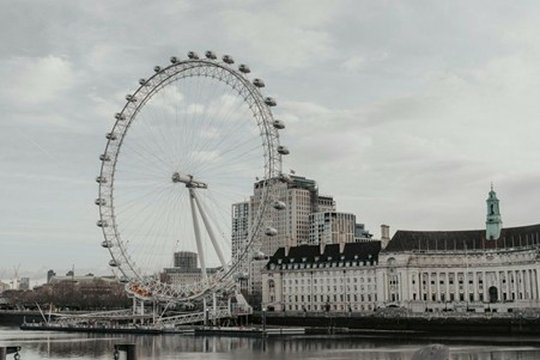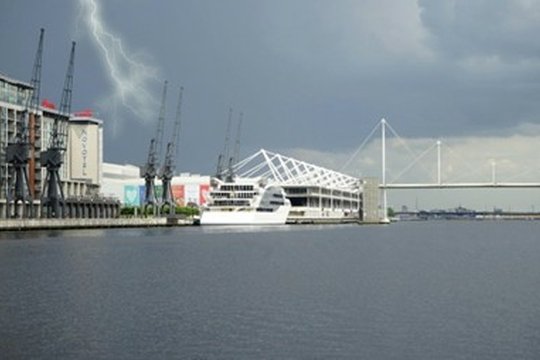Getting a property ready to rent means more than a quick tidy-up. It needs to be safe, compliant with regulations, and appealing to potential tenants. Here’s a practical checklist to help you get everything in order.
Sort Out Structural Issues
Walk through the property and check for problems like damp patches, sticking doors, or broken windows. Fix anything that might raise concerns before advertising the property.
The property must be safe and stable, with no hazards like poor ventilation or faulty structures. This is part of meeting your obligations under the Fitness for Human Habitation Act 2018.
Keep Décor Neutral
Decorate the walls and floors with neutral tones to help tenants imagine themselves in the property.
Deep Clean Everything
Give the property a full clean. Pay close attention to carpets, bathrooms, kitchens, and curtains. Steam cleaning is helpful for removing built-up dirt and lingering smells.
Resolve any mould or damp issues and stains..
Stay on Top of Safety Checks
Fit smoke alarms on each floor and carbon monoxide detectors in any room with a solid-fuel appliance.
As a landlord, you must make sure the property is safe for tenants , including testing fire alarms, extinguishers, and other safety features. If you’re renting furnished, check that all furniture meets fire safety regulations.
Check Plumbing and Heating
Test that taps, toilets, showers, and radiators are working and in good condition, paying attention to any leaks or slow drainage.
Arrange a boiler service to make sure it’s running safely and efficiently. A faulty boiler is one of the most common reasons tenants contact landlords.
Review Electrical Safety
Book an Electrical Installation Condition Report (EICR) to confirm the electrics are safe and up to standard.
Make sure all lights, switches, and sockets work properly.
Keep Certificates Up to Date
You’ll need a current Energy Performance Certificate (EPC), which lasts 10 years. Book an assessment if yours is missing or expired.
Arrange an annual gas safety inspection with a Gas Safe registered engineer and get a certificate.
Give your tenants a current copy of the “How to Rent” guide.
Furnishings and Appliances (If Furnished)
Everything you provide needs to be clean, safe, and in good condition.
Consider upgrading older appliances, it could save you repair costs down the line. Leave instruction manuals where tenants can easily find them.
Put Together a Tenant Pack
Create a folder that includes:
- Appliance manuals
- Boiler instructions
- Alarm system details
- Council bin collection schedules
This helps reduce day-to-day questions and gives tenants the information they need.
Get Spare Keys Cut
You’ll need keys for each tenant, plus spares for yourself or the letting agent. Don’t forget window locks or patio doors.
Create a Property Inventory
Before tenants move in, document the condition of every room with notes and photos.
Get tenants to sign the inventory to confirm they agree– this helps prevent disputes later.
Screen Tenants Carefully
Set up a thorough vetting process:
- Ask for references from previous landlords
- Check credit history and employment status
- Make sure the process is fair and meets legal standards
Protect the Deposit
Register the deposit in a government-approved scheme within 30 days. Send tenants confirmation and details of the scheme used.
Advertise the Property
Use clear, high-quality photos that show the space at its best.
Set a rental price based on similar properties in the area – not too high, not too low. A local letting agent can help you judge the market.
Check Permissions
Make sure you have the right to let the property:
- Speak to your mortgage provider
- Check with your freeholder if it’s a leasehold
- Let your insurer know the property will be rented out
It’s also worth reviewing your landlord insurance to see if it covers everything you need.
Set Up a System for Tenant Requests
Let tenants know who to contact in an emergency and how to report repairs or complaints.
Aim to respond quickly – it makes a big difference to tenant satisfaction.
Do a Final Walkthrough
Before tenants move in:
- Check the heating and plumbing work
- Test all alarms
- Walk through the whole property and make sure it’s ready for someone to move in
By working through this list, you’ll reduce the risk of problems later and show tenants that you’re organised and reliable, both of which can help keep good tenants for longer .
Alternatively, if you’re interested in property management services that include all of the above and more and can be tailored to your landlord's requirements, contact one of our local branches to learn more.




